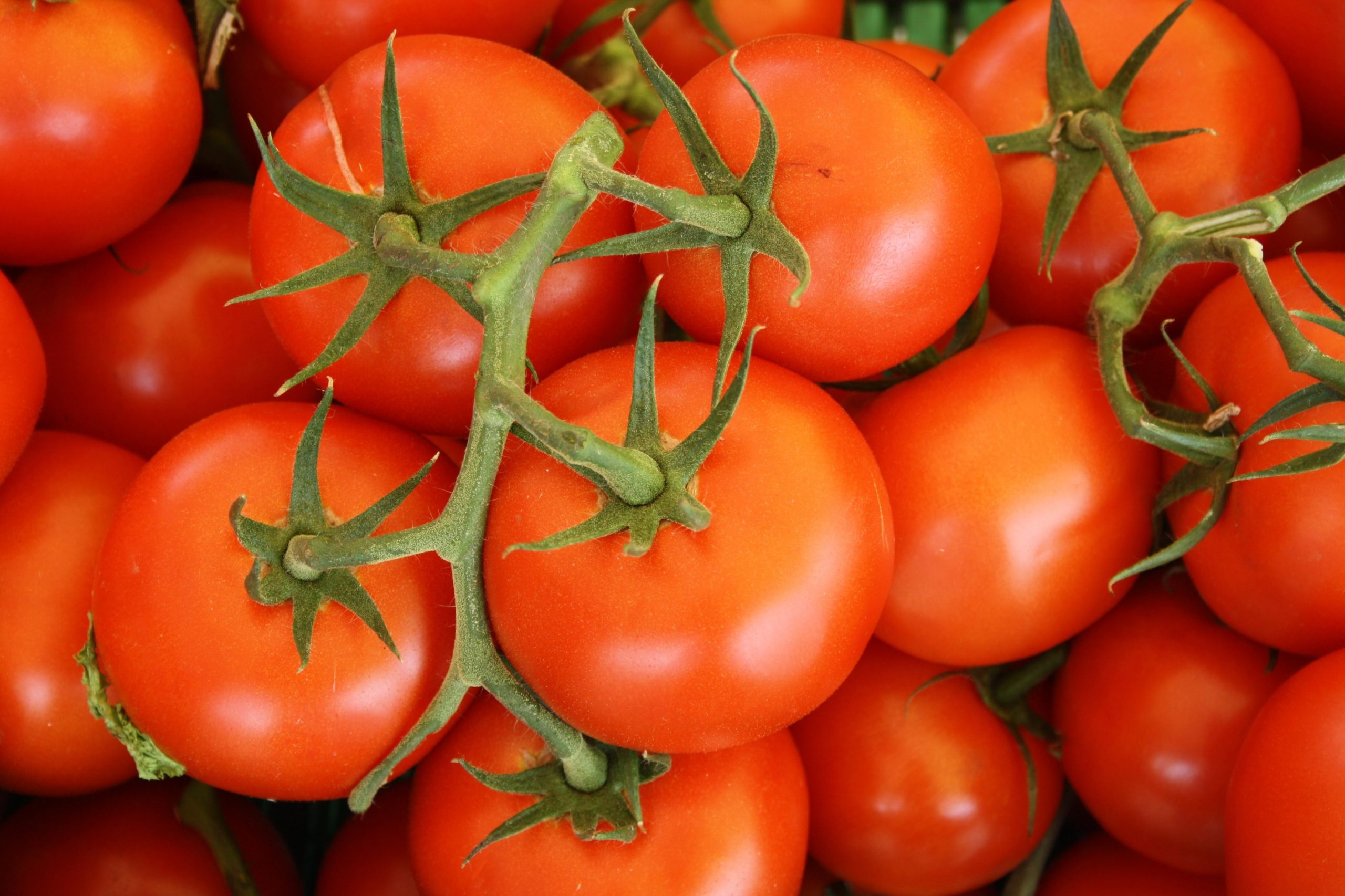
In the fall of 2018, the Student Environmental Team received a forgotten spot atop Georgia State Stadium for their first official garden after a year of meetings and proposals. Today, that space has been transformed into a lush garden yielding crops, such as tomatoes, melons, cucumbers and more. But surviving a Georgia summer wasn’t as straightforward as previously thought.
“The biggest challenge has been water availability,” Marcus McCleary, president of SET, said. “We had to make a bunch of sacrifices. There were plants we couldn’t get. Plants that died. Seeds that went bad because of the heat.”
The garden sits five floors up, on a roof in direct sunlight. For the plants to survive, the extreme heat called for extensive watering.
Fortunately, the space has a small dugout, left over from when Georgia State Stadium was still Turner Field, which students were able to connect gutters from which to harvest rain. But rain barrels are only effective with rain.
“It was very, very hot this summer.. WWe had a drought;; it wasn’t raining very frequently,” Carrissa Love, secretary of SET,, said. “We’re on the roof of the stadium,, so we have the heat beaming down on all these plants and they’rey’re getting fried.”
The closest water available was a few floors down inside the building. And students were left to carry buckets of water up the stairs each day for the plants to survive.
And with this location being five floors up, another concern the students had was how life, especially pollinators, would be able to find the plants. But where there are tomatoes, there are bugs.
“I assumed that a lot of the stuff would have trouble finding the garden. But it happened,” McCleary said. “It’s crazy seeing the life being attracted up there. It’s five floors up, its super bare. And it’s windy.”
And for a while, the few hawks nesting along the garden were the only animals coming to the garden until ground staff saw a fox.
“That was the weirdest pest we had,” McCleary said. “It was eating melons.”
As for surviving winter, SET plans to plant winter crops, such as kale, broccoli and strawberries and install insulators in expectation of the upcoming winter cold snaps.
But while the botanical side of the garden is taking off, SET’s larger mission of creating community is the most in bloom. SET is able to give not only students but also the people working at the stadium a place to enjoy and produce to take home.
“They make use of the garden as a nice place to eat lunch and we can share the food we grow with them,” Jessica Jones, a member of the executive board, said. “That has been a really rewarding relationship.”
SET plans to make the garden a meeting place for other student organizations and hopes that one day it is open to everyone, not just students.
“It really lends itself to the community aspect of the garden,” Jones said. “It’s not just students but people; anybody can benefit.”
